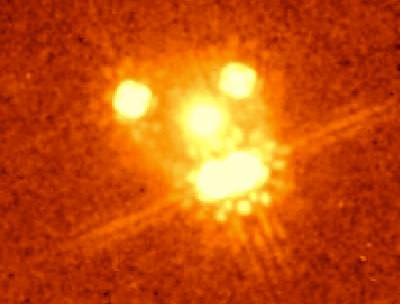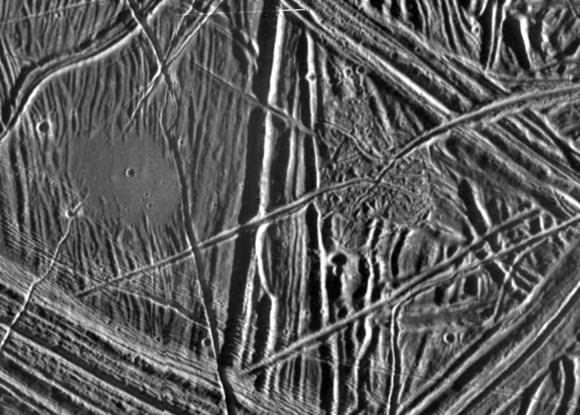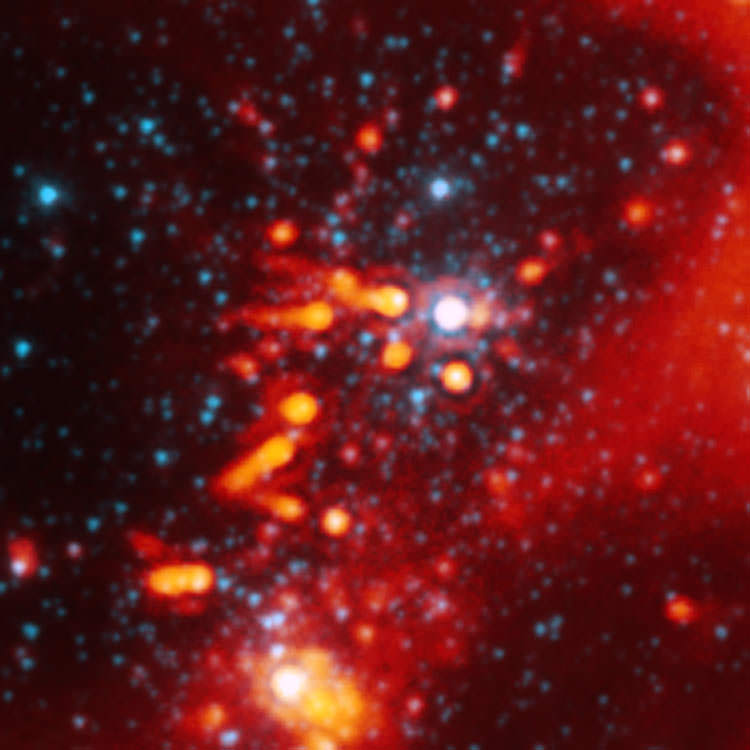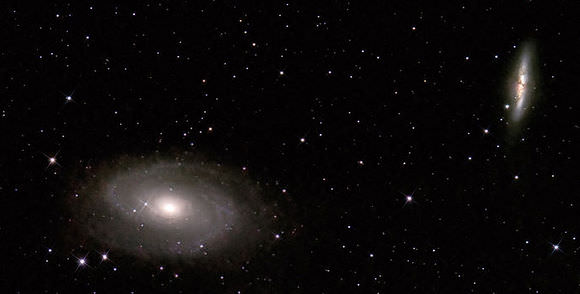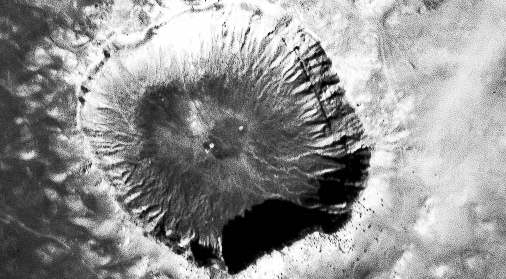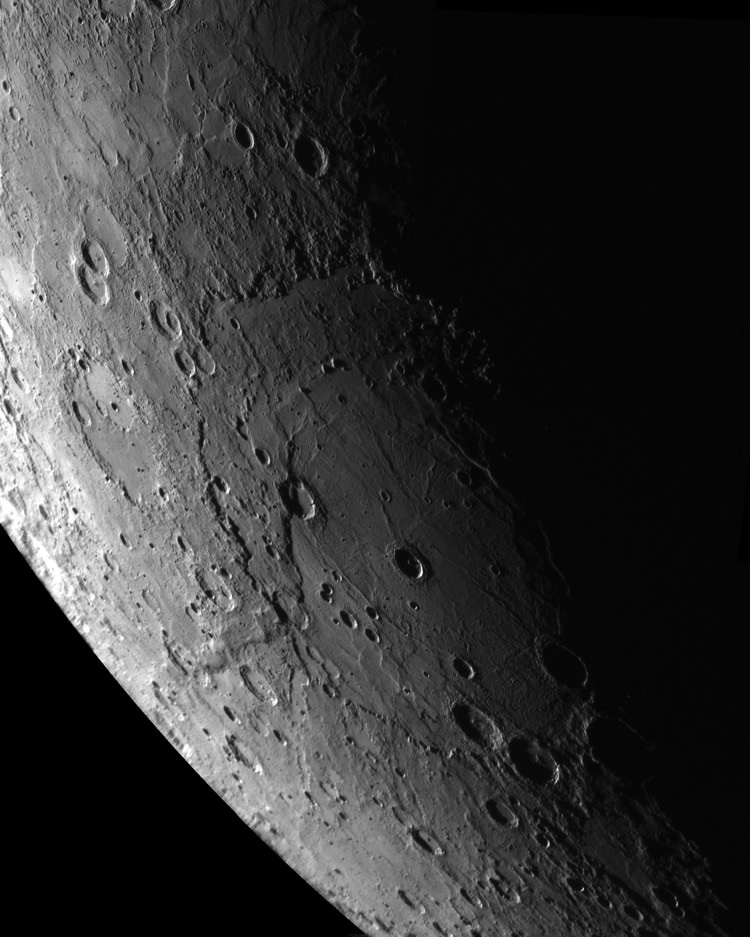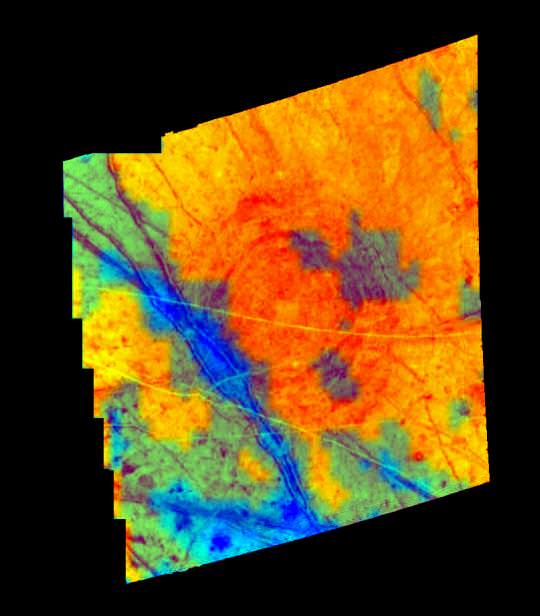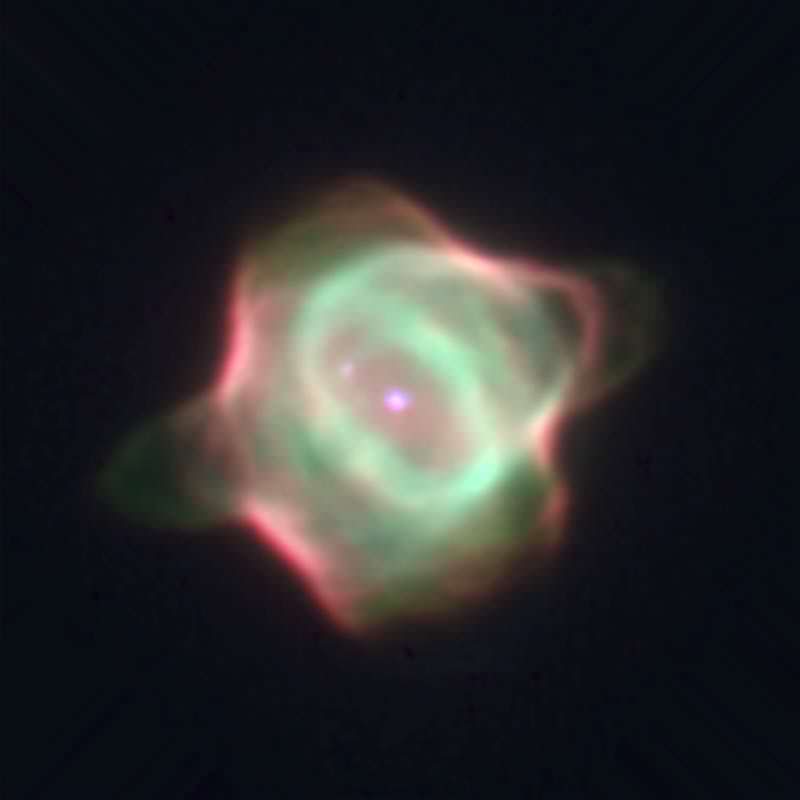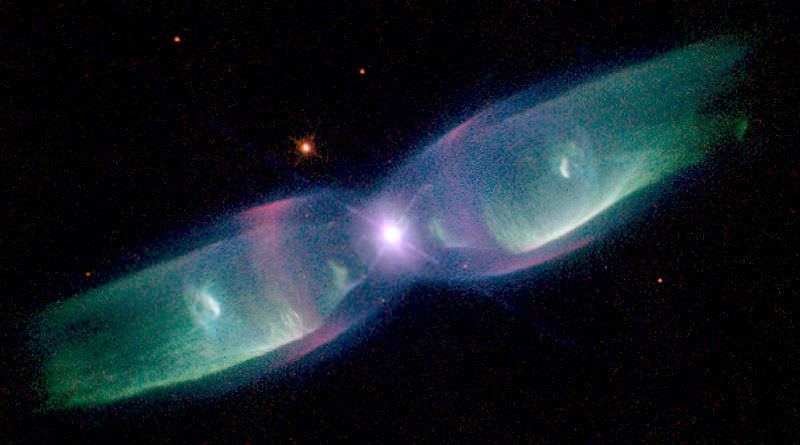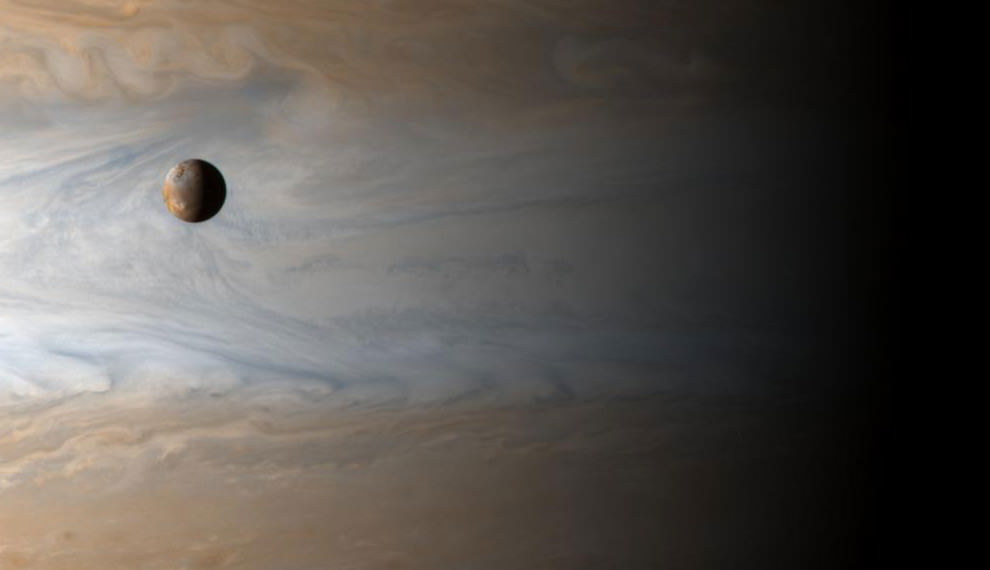It’s time once again for another Where In The Universe Challenge. Test your visual knowledge of the cosmos by naming where in the Universe this image was taken and give yourself extra points if you can name the spacecraft responsible for this picture. Post your guesses in the comments section, and check back on later at this same post to find the answer. To make this challenge fun for everyone, please don’t include links or extensive explanations with your answer. Good luck!
Also, I’d like to do something special for next week’s WITU Challenge. It will be number 100!! Send your ideas of dastardly intriguing stumpers to me at this email address.
UPDATE: The answer is now posted below.
Just what the heck is this thing? Answers ranged from Skeletor’s skull, to the back end of a space shuttle to the face on Mars to (my favorite) Wilson! (Tom Hanks’ pal in the movie Cast Away).
This is a gravitationally lensed quasar, PG 1115+080, that is split and distorted by the lensing. It was captured in infrared by the Hubble Space Telescope way back in 1998, and is one of the rare cases where a quasar is almost perfectly lined up with an intervening galaxy.
For more info on this image check out this HubbleSite page.
And check back next week for the big #100 of the WITU challenge!

